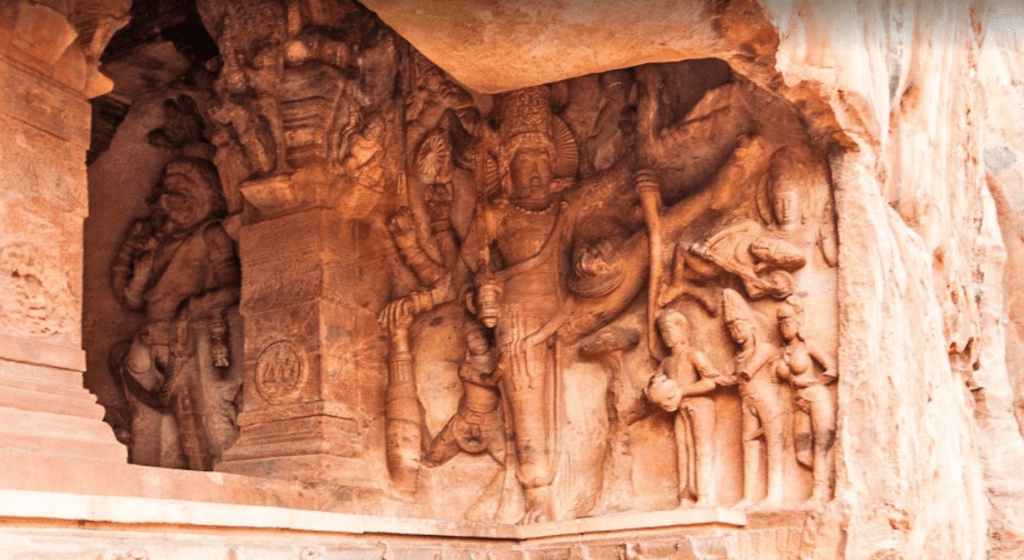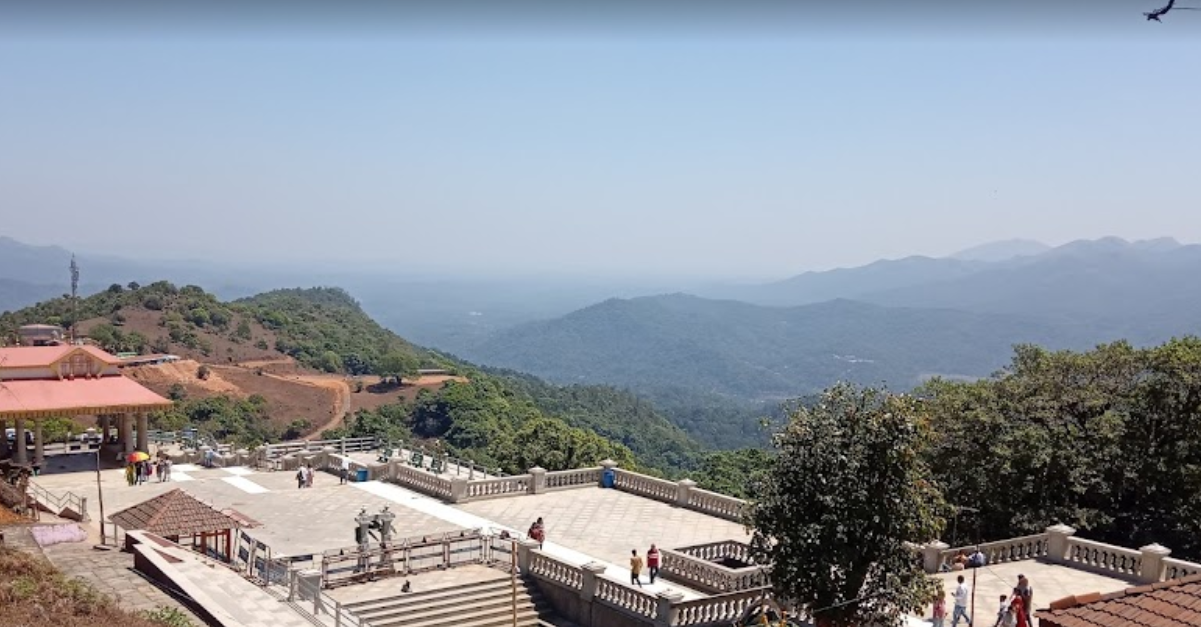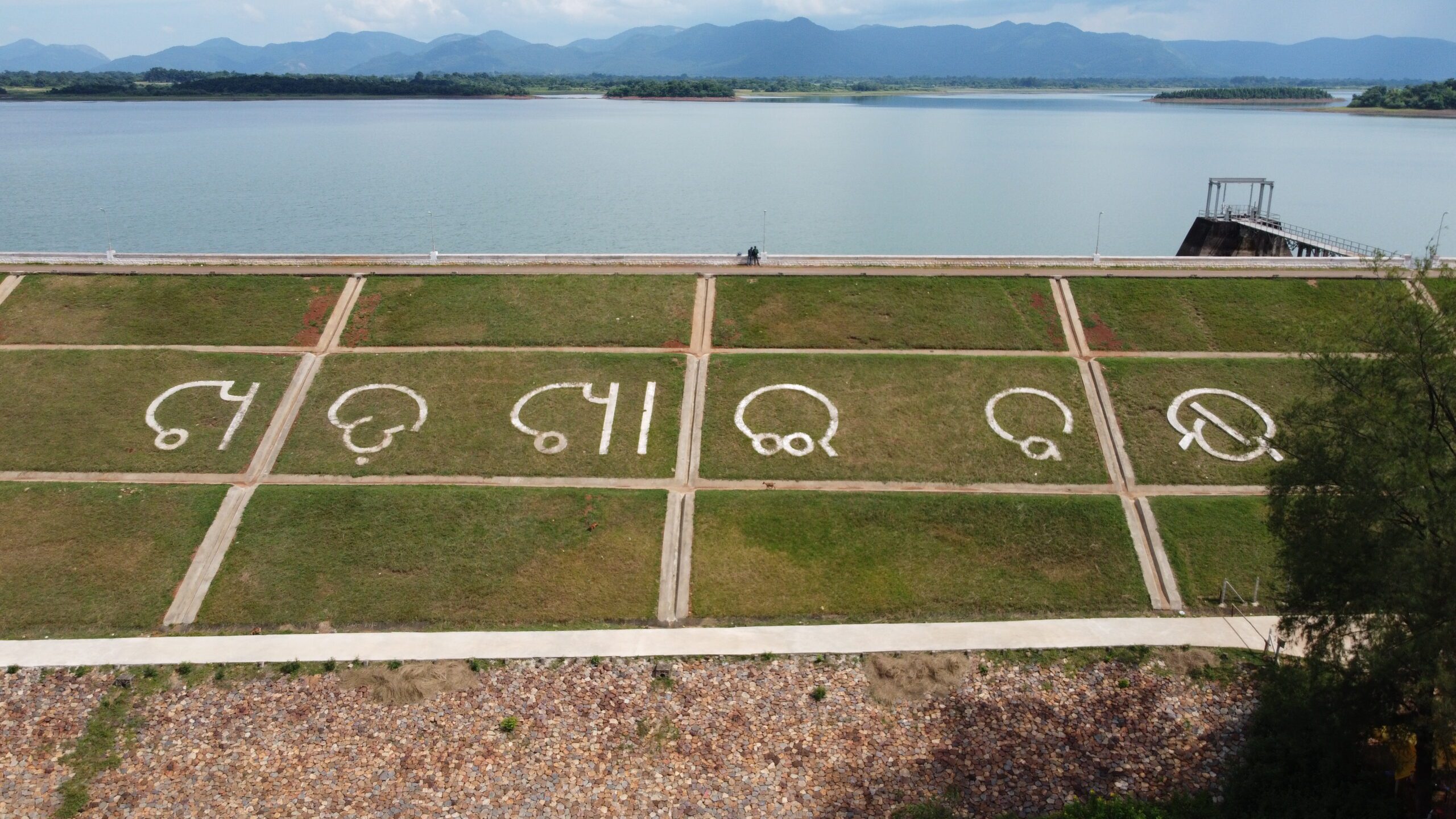Badami Cave Temple Karnataka Exploring the Ancient Wonders
Badami Cave Temple Karnataka Exploring the Ancient Wonders: The historic town of Badami, located in the Bagalkot district of North Karnataka, is renowned for its Cave Temples, which date back to the 6th and 7th centuries. These magnificent temples exemplify the architectural style of ancient times.
Nestled at the orifice of a gorge, flanked by two rocky hills, and surrounded by the serene Agasthya Lake, Badami is situated at the mouth of a valley, bordered by stunning sandstone hills. Once called Vatapi, Badami served as the capital city of the Badami Chalukyas, who ruled from 540 to 757 AD.
Google Map: Badami Cave Temple Karnataka
History Of Badami Cave Temple Karnataka:
According to legend, the notorious demon siblings Vatapi and Ilvala would trap and kill mendicants until Sage Agastya countered their nefarious acts, ending Vatapi’s life. The hills in Badami are said to represent the demons Vatapi and Ilvala. Carved between the 6th and 8th centuries, the Badami cave temples boast magnificent depictions of Hindu deities, including Ganapati, Mahishasura Mardhini, Vishnu, Trivikrama, Shanmuka, and Ardha Nariswara. The carvings also showcase Lord Nataraja in captivating dance poses.
The Badami cave temples date back to 600-700 CE and boast a unique architectural blend of North Indian Nagara style and South Indian Dravidian style. Each cave temple features a Garbha Griha, mandapa, verandah, and pillars. The intricate carvings, sculptures, and murals further enhance the temples’ beauty. Along with the Hindu temples, visitors can explore the Bhutanatha Temple, Malegitti Shivalaya, Dattatreya Temple, Mallikarjuna Temple, and Banashankari Temple. Additionally, Jain temples with carvings of Jain Tirthankaras Mahavira and Parshwanatha, as well as a Buddhist cave, where visitors must crawl on their knees to enter, are also found in Badami.
Design And Architecture:
Badami served as an ancient kingdom of the Chalukyas, established in the 6th century by Pulakesin I. The Chalukyas brought about a magnificent architectural expansion, constructing a plethora of temples and monuments. The remarkable Badami Cave Temples carved out of sandstone hills, epitomize rock-cut architecture. These cave temples, totaling four in number, house exquisite carvings of Hindu deities depicted through intricately crafted sculptures.
Lord Shiva Caves Temples:
The Badami Cave Temples, a marvel of ancient architecture, is a treasure trove of exquisite carvings and sculptures. The first and foremost cave, constructed in 578 A.D., is dedicated to Lord Shiva and can be reached by climbing a flight of 40 steps. Adorned with at least 81 sculptures of Lord Shiva in the form of ‘Nataraj’ with 18 arms, the cave is carved out of red sandstone and features a verandah, a hall with columns, and a sanctum. The ceilings and pillars are adorned with captivating paintings of amorous couples that add to the cave’s charm.
The second cave, situated at the summit of a sandstone hill, is dedicated to Lord Vishnu, who is depicted in the form of a ‘Trivikrama’ (dwarf). With one foot commanding the Earth and the other mastering the sky, the sculpture is a testament to the ancient craftsmen’s skill and artistry.
The third cave temple, constructed in 578 A.D., has a front elevation that spans nearly 70 ft wide and is dedicated to Lord Vishnu. The sculpture of Lord Vishnu and a serpent immediately capture the attention of the visitors. Here, Lord Vishnu is represented in his various incarnations, including Narasimha, Varaha, Harihara (Shiva-Vishnu), and Trivikrama.
The fourth cave temple, built in the 7th century, is dedicated to Lord Mahavira, the 24th Tirthankara of the Jains. The cave features an image of Lord Mahavira in a sitting posture, adding a unique and fascinating element to the cave’s artistic quality and sculptural grandeur. A visit to the Badami Cave Temples is a journey back in time to witness the extraordinary beauty and magnificence of ancient Indian architecture.
Religious and Social Significance:
Badami’s significance extends beyond its historical and architectural grandeur to its religious and cultural importance. Visitors can witness the town’s modern-day relevance during the temple festivals. The Banashankari festival held during the winter months attracts numerous devotees and tourists alike, providing a vibrant glimpse into the local culture. The Mallikarjuna and Virupaksha Temple Festivals are also celebrated with great zeal and enthusiasm, showcasing the town’s rich traditions and customs.
If you’re planning a trip to Badami, the ideal time to visit is from October to March, when the weather is pleasant and the temperatures are comfortable for exploring the cave temples and other attractions.
How To Reach
Badami can be reached by train, road, and air. The nearest railway station is located 5 km from the town center, and trains from Hubli or Solapur can be boarded. Badami is well-connected by road and can be reached by taking NH48 and NH50.
Regular bus services are available from major cities like Bangalore, Hospet, Gadag, and Bijapur. The closest airport to Badami is the Hubli Airport, which is located 84 km away. Another option is the Sambre Airport in Belgaum, which is located 123 km away from Badami.
Related Articles: Bhoramdeo Temple Chhattisgarh History – Khajuraho Of Chhattisgarh











